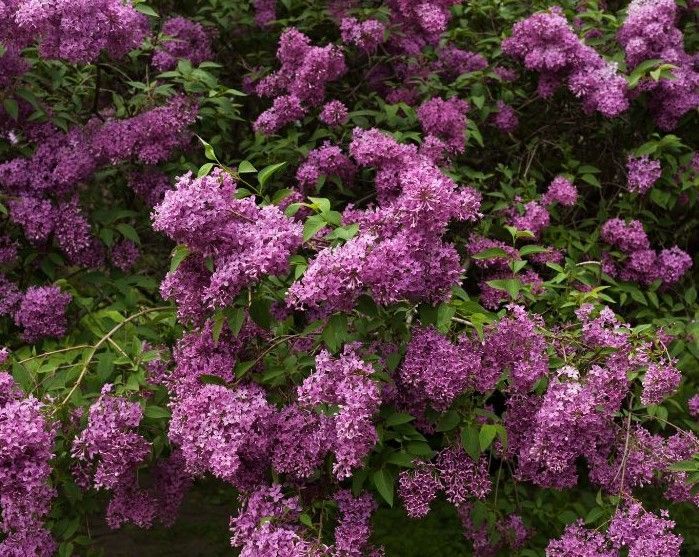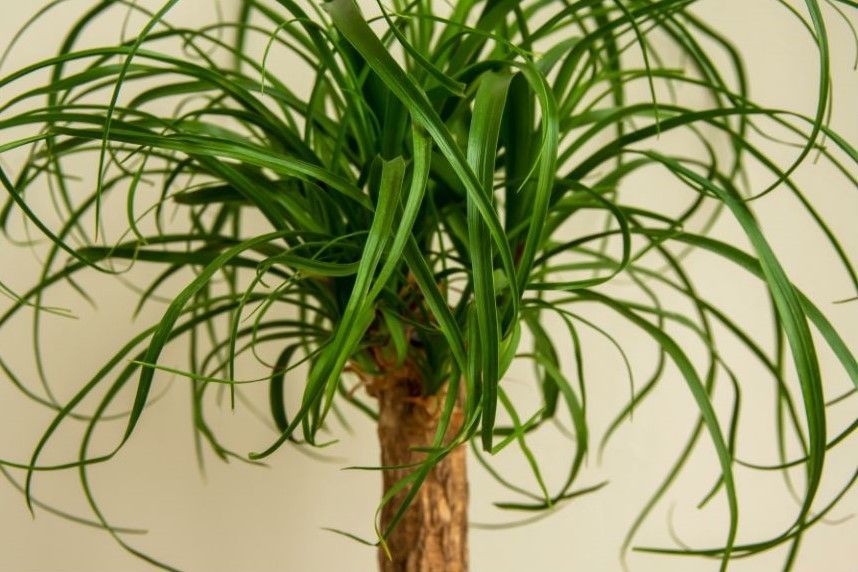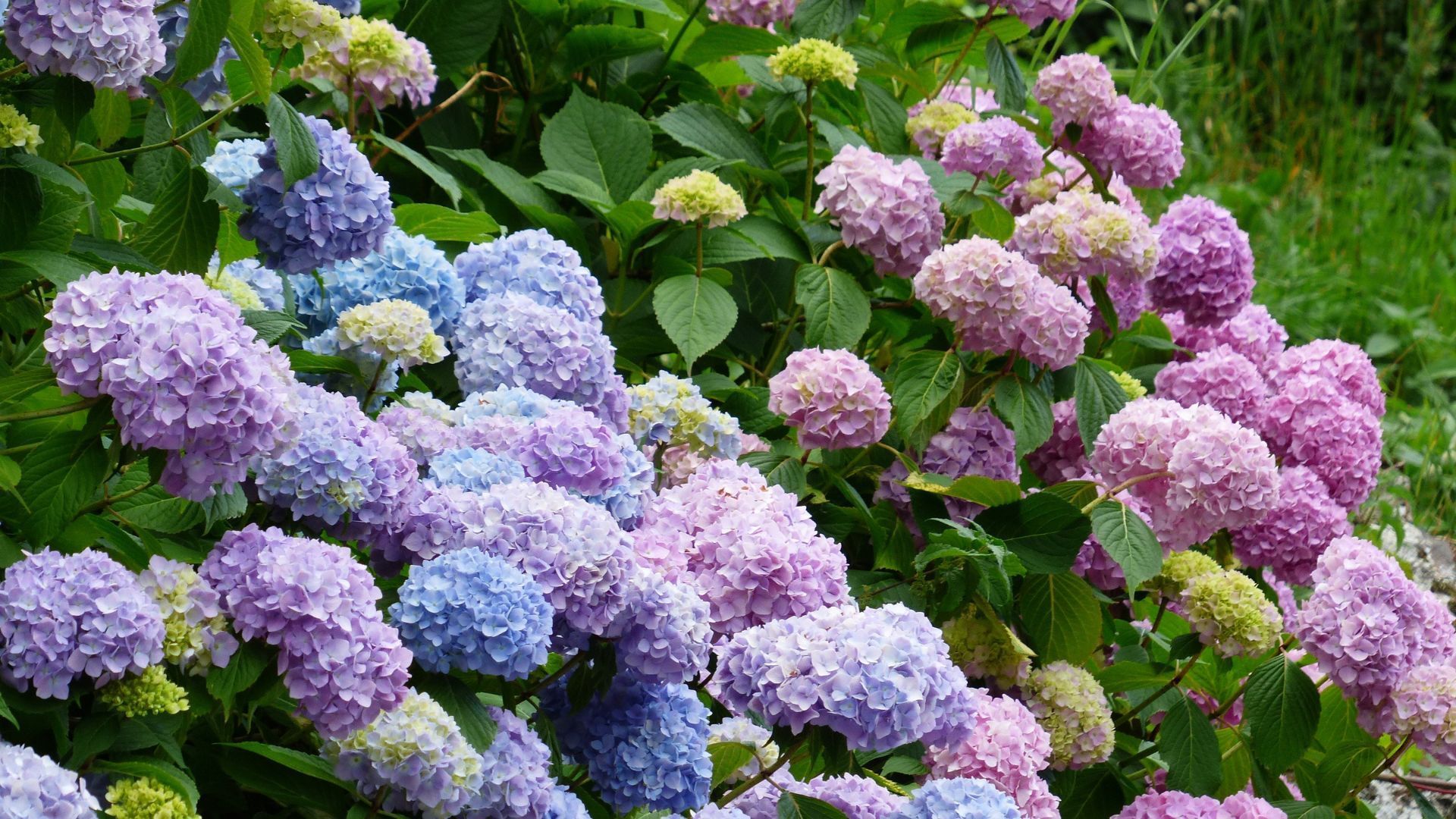The Olive Tree
The olive tree (Olea europaea) is a small, evergreen tree native to the Mediterranean Basin, renowned for its fruit, the olive, which is a significant agricultural product especially in Mediterranean countries. These hardy trees are now found in other corners of the world, including Australia, New Zealand, North and South America, and even South Africa. In North America, olive trees can thrive in zones 8 through 11, depending on the variety, with certain types even tolerating zone 7 conditions.
Olive trees, with their silvery-green leaves and gnarled trunks, are not only symbolic of the Mediterranean landscape but also revered for their historical and cultural significance. These ancient trees have been cultivated for thousands of years, providing not just the beloved olive fruit and its precious oil, but also a symbol of peace, wisdom, and prosperity. In this article, we will explore the olive tree, including their appearance, cultivation methods, and the benefits they offer, both nutritionally and environmentally.
Appearance and Habit
Olive trees are easily distinguished from other trees by their unique appearance. They boast a characteristic gnarled and twisted trunk that becomes more pronounced with age, giving each tree an ancient and rugged look. The bark is smooth when young but becomes fissured and rough as the tree matures. The leaves are narrow, lance-shaped, and arranged in opposite pairs, exhibiting a silvery-green color on the upper surface and a lighter, almost white, underside. This distinctive foliage gives olive groves their signature shimmering effect in the sunlight. The fruit of the olive tree, commonly known as the olive, is a small, oval-shaped drupe that comes in various shades ranging from green to black, depending on the stage of ripeness. Green olives are typically harvested before they reach full maturity, while black olives are allowed to ripen fully on the tree. The size of the olive fruit can vary, generally measuring between 1 to 2.5 centimeters in length.
The habit of olive trees is generally compact and rounded, with a dense crown that can spread widely, providing ample shade. Olive trees can grow to a height of 5 to 30 feet depending on the cultivar, though some ancient specimens may reach even greater heights. They have a slow to moderate growth rate and are highly adaptable, able to thrive in poor, rocky soils where other trees might struggle. Olive trees are also remarkably drought-tolerant once established, making them well-suited to the arid climates of the Mediterranean region and similar environments. Their resilience and longevity, often living for several centuries, make olive trees a long-lived symbol of prosperity.
General Care
Olive trees thrive in Mediterranean climates with hot, dry summers and mild, wet winters. They prefer well-drained, sandy, or rocky soils with a neutral to slightly alkaline pH and are tolerant of poor soil conditions, though they do not thrive in heavy, waterlogged soils. Olive trees require full sun for optimal growth and fruit production and can withstand some frost, but prolonged freezing temperatures can damage the tree.
When planting olive trees, choose a location with full sun and well-drained soil, ensuring adequate space for the tree to grow and develop its root system. It is best to plant in the spring or fall to allow the tree to establish its roots before extreme weather conditions. Young trees require regular watering during the first few years to establish a strong root system. Water deeply but infrequently to encourage deep root growth. Once established, olive trees are drought-tolerant and require minimal watering, though it is important to water during prolonged dry periods to maintain health and fruit production. Do not overwater them.
Pruning is essential to maintain the shape of the tree, remove dead or diseased branches, and improve air circulation within the canopy. Prune in late winter or early spring before new growth begins. Additionally, fertilize annually in the spring with a balanced fertilizer, applying it evenly around the base of the tree while avoiding direct contact with the trunk. Additional applications of nitrogen may be beneficial for fruit production.
Culinary, Health, and Environmental Uses
Olive trees offer a wide range of uses, making them a valuable asset in various contexts. The olives themselves can be consumed fresh, cured, or processed into olive oil, a staple in Mediterranean cuisine. Olives are used in a variety of dishes, from salads to tapenades, and are celebrated for their rich flavor and versatility. Extracted from the fruit, olive oil serves as a versatile cooking oil and a key ingredient in many recipes. It is commonly used in dressings, marinades, and for drizzling over finished dishes.
Both olives and olive oil are rich in monounsaturated fats, antioxidants, vitamins, and minerals, contributing to their reputation for health benefits. They are known for their anti-inflammatory and heart-healthy properties. Compounds like oleuropein and hydroxytyrosol, found in olives, have strong antioxidant and anti-inflammatory effects, further enhancing their nutritional value.
Beyond their culinary and nutritional benefits, olive trees also have significant environmental advantages. Their extensive root systems help prevent soil erosion and improve soil structure. Additionally, olive trees absorb carbon dioxide from the atmosphere, aiding in the mitigation of climate change. These ecological benefits make olive trees not only a valuable agricultural crop but also an important component of sustainable land management.
Challenges of Growing an Olive Tree
Olive trees, while highly valued, can unfortunately be susceptible to various pests and diseases. Common pests include the olive fruit fly, scale insects, and aphids, which can damage both the tree and the fruit and reducing the size of the harvest. Additionally, olive trees are vulnerable to fungal diseases such as Verticillium wilt, olive knot, and peacock spot. Proper care and maintenance, including monitoring and timely interventions, can help prevent these issues.
In addition to the problem of pests, harvesting olives can be labor-intensive, particularly for small-scale farmers. In larger orchards, mechanical harvesters are often used to reduce labor costs and improve efficiency. However, on a smaller scale most of this work is done by hand. Another challenge is the timing of the harvest; it is crucial to harvest olives at the right time to ensure optimal oil quality and yield. Green olives are typically harvested earlier in the season, while black olives are picked when fully ripe, each stage offering different flavors and oil characteristics.
Conclusion
Olive trees are a versatile and valuable asset, celebrated for their distinctive appearance, nutritional benefits, and ecological advantages. Thriving in Mediterranean climates, these hardy trees produce olives that are essential to Mediterranean cuisine, enjoyed fresh, cured, or as olive oil. Rich in monounsaturated fats, antioxidants, and anti-inflammatory compounds, olives and olive oil are renowned for their health benefits. Despite their susceptibility to pests and diseases, proper care and maintenance can ensure a healthy yield. While harvesting olives can be labor-intensive, especially for small-scale farmers, mechanical harvesters offer an efficient solution for larger orchards. Overall, olive trees not only contribute to a sustainable environment by preventing soil erosion and absorbing carbon dioxide but also symbolize peace, wisdom, and prosperity.

Sign up for monthly newsletters!
From easy tree care practices to fun DIY projects, we've got something for everyone.

Interested in what we can do for you?
Call us at 610-648-0404 or book an appointment online.

Sign up for monthly newsletters!
Get our latest articles, delivered right to your inbox. No spam, ever.
Check out the latest...
Sign up for monthly newsletters!
From easy tree care practices to fun DIY projects, we've got something for everyone.






WHAT WE DO
WHO WE ARE
Join the Tree Society newsletter
Get monthly articles on the latest in the tree care industry, curated by people deeply passionate about environmental stewardship.
We use cookies to ensure that we give you the best experience on our website.



